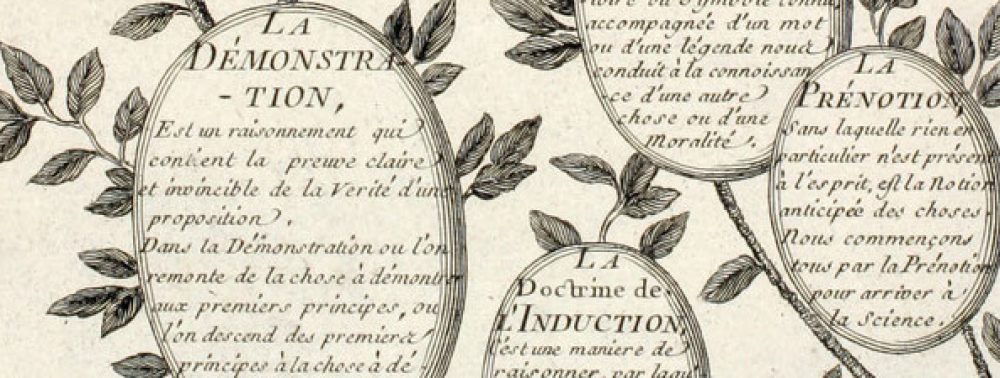1. As we discussed in class, “patrol strength” (meaning the number of officers in an area who may or may not make a Terry stop) is essential for understanding whether or not there was unjustified racial disparity in such stops.
Two questions:
A. How does Fagan construct a “proxy” for what is unknowable directly from data: the number of officers in an area at any given time?
B. Smith and Purtel in their report take issue with Fagan’s “proxy” for patrol strength. Which side has the better argument and (far more importantly) why? Be specific and do not simply repeat the argument of your preferred side but instead assess the relative merits of both sides.
Your response should take the form of two to three carefully constructed cl/ev/wa paragraphs. Be sure to use methods three or four when introducing your quotations and to reduce your quotations, when possible, to ten or fewer words.
2. As we discussed in class, the defendants in the case (that is, the City and by extension, the NYPD) believe that the appropriate “benchmark” for racial disparity is whether or not the percentage of a racial/ethnic group stopped in a neighborhood exceeds the percentage of that group who is criminally active (e.g., if group X represents 40% of the “criminally active” in a neighborhood, we would not conclude there was racial disparity in Stop-Question-Frisk activity against group X until more than 40% of the stops were of that group).
And, as we also discussed in class, the figures for the racial breakdown of the “criminally active” population come largely from victims’ descriptions of the alleged perpetrator and supplemented occasionally, when possible, by more conclusive evidence from the police when they “cleared” a case. (This idea is important as it sidesteps the issues of statistical skewing from either over policing or police bias in arrests).
Fagan argues vigorously against the use of this benchmark. Smith and Purtell argue for it–and for understandable reasons. If it is an appropriate benchmark, there was very little racial disparity in NYPD’s practices. If, on the other hand, Fagan is right and it is an inappropriate benchmark, then his findings of unjustified racial disparity might be very, very real.
Which side has the better argument and (far more importantly) why? Be specific and do not simply repeat the argument of your preferred side. Instead, assess the relative merits of both sides in a careful critique.
Your response should take the form of two to four carefully constructed cl/ev/wa paragraphs with your cl/ev/wa structure clearly identified with (CL) (EV) and (WA). Be sure to use methods three or four when introducing your quotations and to reduce your quotations, when possible, to ten or fewer words.
3. Fagan calculates the percentage of stops (both radio run and non-radio run; “radio run” being a Terry stop initiated by a citizen complaint to the police that then leads to officers being dispatched by radio) that are “apparently unjustified.” What are those percentages (that is, for both radio and non-radio run)? Should we consider those percentages as large or small and for what reasons? That is, how should we decide where the appropriate dividing line is between acceptable and unacceptable number of “apparently unjustified” Terry stops.
Your response should take the form of ONE carefully constructed cl/ev/wa paragraph that follows the instructions above.
4. On p. 35 of his report, Fagan argues that the contraband “hit rate” of random vehicular stops was higher than the hit rate in NYPD’s SQF practice in the years studied. In essence, Fagan argues, NYPD officers’ ability to successful identify suspicious behavior was worse than if they had simply stopped people randomly on the street.
Now read this brief legal article.
http://www.robertbonsib.com/Articles/Constructive-Possession/
Explain why (or why not) the legal idea of “constructive possession” means we should be wary of comparisons of “hit rates” in vehicles with “hit rates” of pedestrians. In other words, does police use of “constructive possession” pose a challenge to comparing “hit rates” for pedestrian and vehicular stops. Why or why not?
Your response should take the form of one to two carefully constructed cl/ev/wa paragraphs that follow the instructions above.
5. Smith and Purtell critique the use of the population census as a benchmark in assessing racial disparity. Are their arguments persuasive or not and (far more importantly) why? Pay particular attention to their discussion of video work done in Britain.
Your response should take the form of three to five carefully constructed cl/ev/wa paragraphs that follow the instructions in the gray box above.


